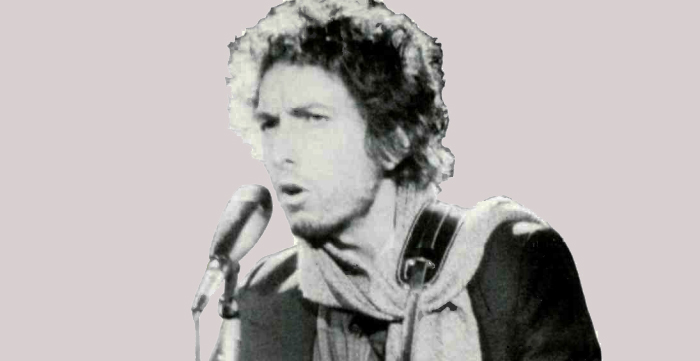
R-e/p: You brought up the subject of taste, and it reminds me that we were going to discuss the mikes used for the album. I wonder if you can describe Dylan’s vocal mike, to begin with.
RF: We used a Sennheiser 421. But we went through five or six mikes to find out which would be best.
R-e/p: Did Dylan have a favorite mike?
RF: He preferred a 421 because he had used it before and liked it. Robbie suggested the 421. To tell the truth, it didn’t cross my mind because I hadn’t used it for vocals before.
R-e/p: Which one would you have used?
RF: As I said, I was experimenting, although there wasn’t much time for it. The first day, we tried an SM-53, 57, an 87 and a 47. I figured the condensers weren’t going to work because of leakage problems.
We also had to consider popping, which was a problem with the 421, especially because Bob doesn’t like to use a wind screen.
R-e/p: What did that do to the sound?
RF: It worked out OK. He’s always popped and seems to be used to it.
R-e/p: Did you use any de-essing or correction on the mix?
RF: No de-essing. We had a Pultec filter we would click in for the “p’s.” We usually shelved the vocal at 50 Hz. Nat would sit over there and switch to 80 Hz just for the p’s.
On one song, ‘Dirge,’ I got Bob to use a wind screen, He used it, and it really worked well. So, to answer your earlier question, that was how we chose the vocal mike—experimentation, with an ear to leakage.
R-e/p: What are the leakage characteristics of the 421?
RF: Well, The Band was playing fairly loud and I was limiting Bob slightly, 3 to 5 dB. Live, we were getting – 15 dB, tops, on the leakage, and that was incredible. I couldn’t believe it.I’d look at the meter, and it was just barely moving. I was immediately sold on the mike. Plus, what leakage there was, sounded good.
R-e/p: Would you mind getting into more detail on the instrument miking?
RF: On the drum kit, I used quite a number of mikes: a Shure SM-7 on the bass, Sennheiser 421 on the snare, KM-84 on the high hat, and 87’s for toms and overheads. I experimented with the set a little bit.
R-e/p: Was there anything you particularly like in that combination of drum mikes? Is it a favorite set-up?
RF: It just worked. The Band likes a thick torn sound, and the proximity effect of the 87’s worked to our advantage in this respect. And I like the sound of condenser mikes on drums, so that’s why I chose them.
On the high hat, I have found the 84 just works well on almost any set. I’ve got about three or four different mikes I use on snares, based on the kind of sound the drum set has.
R-e/p: So you try to get a sound tailored to the specific situation?
RF: Yeah. I don’t have a setup that I use on every drum set.
R-e/p: You really seem to be enthusiastic about the drums.
RF: That’s probably because I play drums. I feel they’re really an important part of a good sounding record. I have a feeling for musicians, having played myself. I always go out in the room and listen. They’ll run through something and I’ll stay in the studio.
When the musicians come in initially I always ask, “What’s the most comfortable way for you to set up?” I tell them we’ll start from there, and if there are any problems, we’ll rearrange things. It helps a lot—when you give musicians that kind of room, they feel better.
